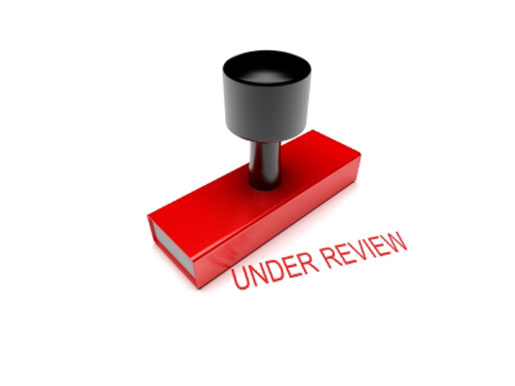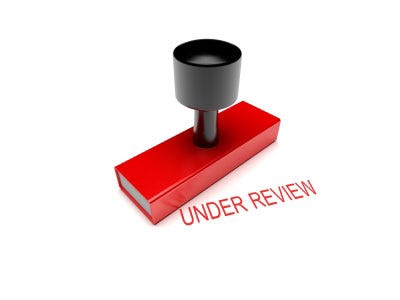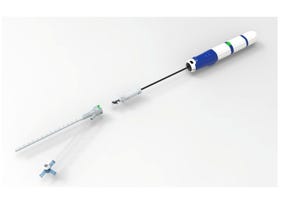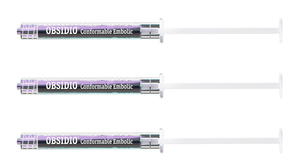A look at what takes place behind the scenes after your 510(k) submission arrives at FDA.
August 18, 2015

A look at what takes place behind the scenes after your 510(k) submission arrives at FDA.
Allison Komiyama

A common question I receive from my clients as we prepare their Premarket Notification is, "What happens to our 510(k) once it gets to FDA?" I refer them to the many guidance documents that discuss what the Sponsor can expect from FDA with regard to the decision-making process, communication with staff, and potential actions FDA can make after reviewing the device. However, the follow-up question is typically, "But, what actually happens to our submission once it lands at FDA's Document Control Center (DCC)?"
For many sponsors, sending in a submission to FDA is like sending off your firstborn to college; you're not sure what's going to happen there, but at the end of the process you hope it leads to a good outcome. What actually happens to your 510(k) depends on the branch that will review the device, the lead reviewer, and the amount of work already on their plate. However, there are some knowns that will make the black box image of FDA less daunting to consider.
|
Komiyama |
Once the DCC receives your file, the electronic copy (eCopy) is checked to make sure it complies with the FDA requirements. Your User Fee Cover Sheet is reviewed and the Payment Identification Number is compared to the internal database to make sure that FDA has actually received your payment. If your eCopy isn't formatted correctly or if your payment is still pending, your file will be placed on hold until resolved. FDA will send you an acknowledgement that your file has been received and you will be assigned a unique 510(k) number at this time.
Your submission is sent "upstairs" to the appropriate branch where the Branch Chief scans the file and assesses the current workload of each of the reviewers. This is where branches that receive a heavy influx of 510(k)s diverge to some extent. Some branches assign files to lead reviewers based on device type or product code, others may split up the workload strictly based on the manufacturer. Some branches prefer to keep the assignment of lead reviewers completely random. If the submission is a Special 510(k), the Branch Chief may try to assign your file to the reviewer who cleared your original Traditional 510(k).
The lead reviewer is assigned and they receive the electronic version of your file. They have 15 days from when the 510(k) was received to make a preliminary review of your submission to see if it contains all required elements of the Refuse to Accept checklist. If all items are present, your file will be accepted. Otherwise, your file will be refused and the checklist will be sent to you with the outstanding items needed to begin substantive review. Once FDA receives these items and your response is deemed adequate, your file will be accepted and substantive review will begin.
At this point, your reviewer will decide whether to organize consults on the file, and will send the file to each person on the team. Internal consults may include a veterinarian if your file includes animal studies, a biologist if your file includes biocompatibility testing, a medical officer if your file includes clinical data, or a mechanical engineer if your file includes bench testing. The review team completely depends on your device and the experience of your lead reviewer. Your lead reviewer will set a date when the consults should provide their memo and any deficiencies that exist within their relevant section of the 510(k).
The consult memos are reviewed and deficiencies are compiled into a list by the lead reviewer. If the deficiency list is extensive and might require testing or additional information that could take a while to collect, the reviewer will place the file on hold. In this case, the FDA review clock stops and you have up to 180 days to respond. However, if the sponsor's response to any deficiencies can likely be obtained within the 90-day FDA review clock, the lead reviewer may make the decision to continue interactively. The Branch Chief will examine the lead reviewer's memo and sign off on the decision. You should expect a Substantive Review Notification that informs you of this decision within 60 days of when your accepted file arrived at FDA.
Once the lead reviewer has received your supplemental information, internal consults are again asked to review the response to any deficiencies they had provided. If your response is still deficient and you were unable to demonstrate equivalence to a predicate device, the reviewer will recommend a decision of Not Substantially Equivalent (NSE). In the case of an NSE, you will likely receive a phone call from the Branch Chief, lead reviewer, and possibly members of the review team to discuss this decision. Alternatively, if the response to all deficiencies is deemed adequate and the 510(k) Summary or Statement is sufficient, then the lead reviewer will submit their memo to the Branch Chief that recommends a decision of Substantially Equivalent (SE).
Congratulations! You can expect an email or letter stating that you have been found SE and you may market your device in the United States.
Allison C. Komiyama, PhD, RAC, is a Principal Consultant at AcKnowledge Regulatory Strategies. Reach her at [email protected]
[Image courtesy of DAVID CASTILLO DOMINICI/FREEDIGITALPHOTOS.NET]
You May Also Like



